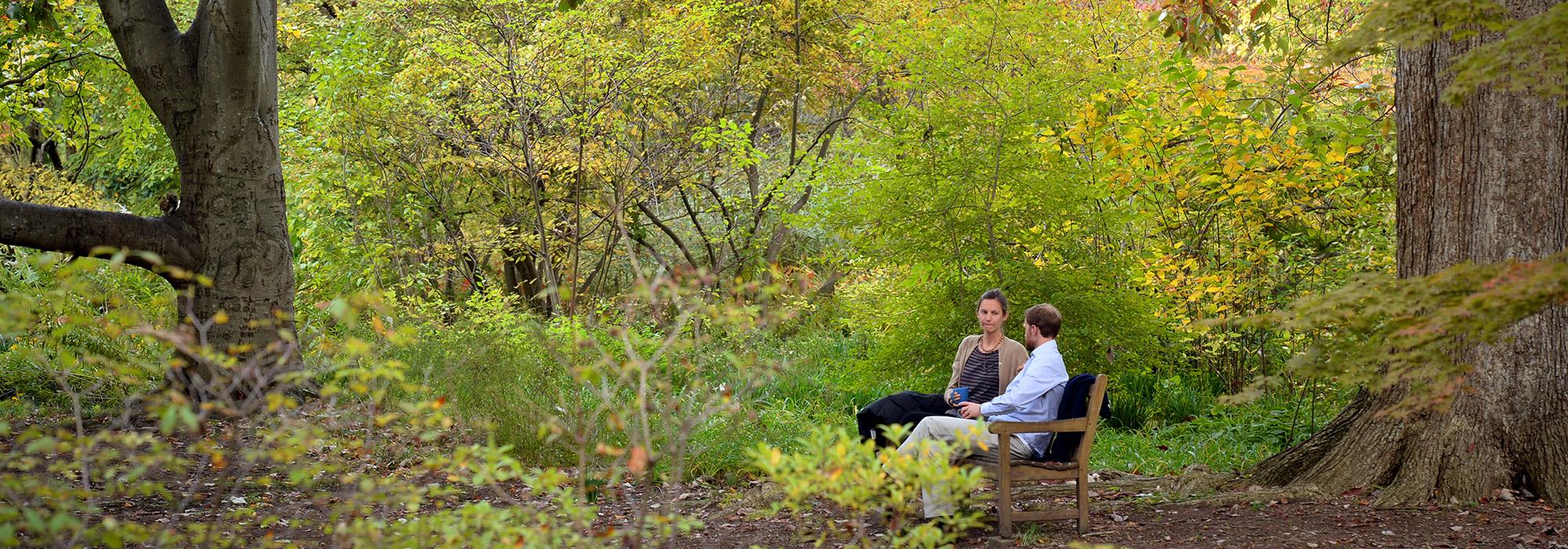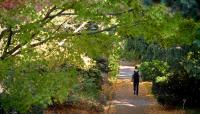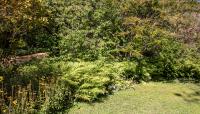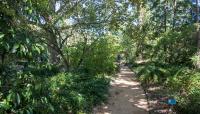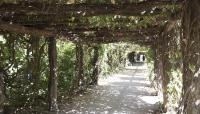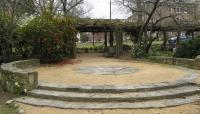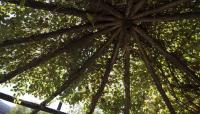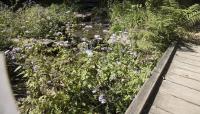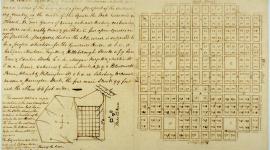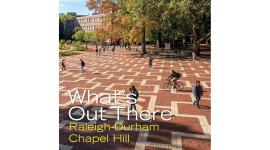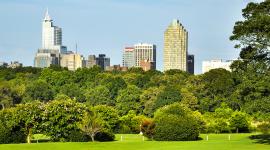Landscape Information
Located in the heart of the UNC Chapel Hill campus, the arboretum was developed in 1903 by Dr. William Chambers Coker, the university’s first professor of botany. Sited on a five-acre boggy meadow, Coker envisioned his design to be both an outdoor classroom and a showcase for the native flora of the southeastern United States.
The arboretum is home to more than 400 species of plants, among them loblolly pines, northern catalpas, pond cypress, water hickories, sweetgum trees, and magnolias. Constructed in 1911, a 200-foot-long black locust arbor displays a dozen native flowering vines, including wisteria, coral honeysuckle, and Carolina jessamine. In 1914 Coker and his former student, Dr. Henry Roland Totten, developed a ‘drug garden’ in the arboretum’s southwest corner. One-fifth of an acre in size, the garden contains more than 170 species of medicinal plants. Coker continued to diversify and expand the arboretum’s collection into the 1940s, planting many East Asian trees and shrubs in addition to those native to North Carolina. Gravel paths were woven through the landscape. A stone mosaic gathering circle was added in 1998, designed collaboratively by Pittsboro stonemason Dave Swan, former UNC facilities assistant director Teresa Crossland, and local landscape architects David Swanson and Tom Hunter. A gift from the Class of 1997, the circle commemorates classmates who died in a tragic fire on graduation day. The main entrance to the arboretum was also renovated in 1998 as part of the class gift, and Coker’s original arbor was restored. Though not contiguous with the North Carolina Botanical Garden, the arboretum has been part of the garden’s collection since 1982.



